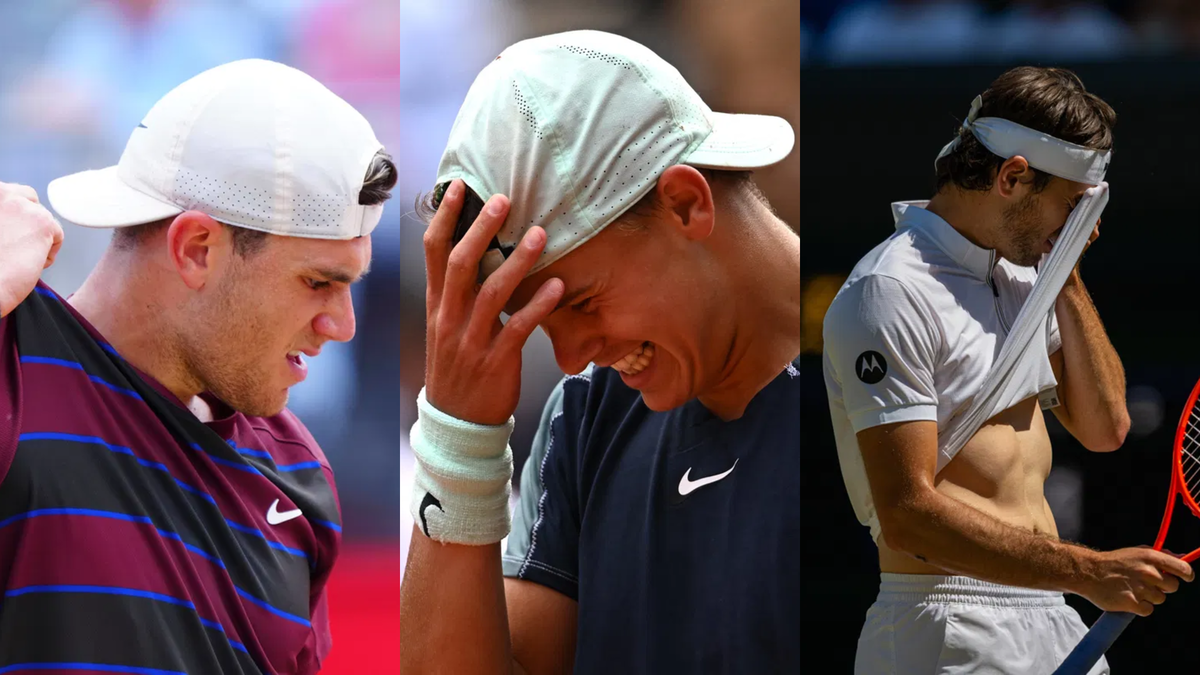
Imago
image credit: imago

Imago
image credit: imago
“Do you want a player to die on court?” ricocheted Holger Rune’s desperate words to an official at the Shanghai Masters as he battled searing 34°C heat and suffocating 80% humidity. Yet, from Shanghai’s furnace to Stockholm’s chill, the grind hasn’t eased. The young Dane, now World No. 11, crumbled under the relentless toll, suffering a horrific injury at the Nordic Open. As bodies break and tempers flare, Taylor Fritz and Jack Draper have stepped up, calling out the grueling ATP schedule.
Watch What’s Trending Now!
Holger Rune’s Nordic Open semi-final ended not with victory, but in heartbreak. The 22-year-old Dane, chasing another deep run to end his season, suddenly collapsed mid-point while leading Ugo Humbert 6-4, 2-2 in Stockholm. Rune grimaced, reaching for his left foot as pain surged through him.
Moments later, he hobbled to the sidelines, buried his face in his hands, and shook hands with Humbert, his season, perhaps even his year, slipping away in tears. His mother, Aneke Rune, watched helplessly from the stands as her son was helped off by his physio. The sight was devastating, a symbol of the unrelenting toll the tennis calendar continues to take on even the sport’s youngest bodies. Posting on X, British No. 1 Jack Draper, himself out with a left arm injury, voiced what many have been whispering all year.
ADVERTISEMENT
Balls make a much bigger difference on how fast the court plays than the actual court speed. Shanghai last year had a very high CPI but the slow balls we used made it play slow. This year the balls were still slow and they also slowed the courts and it was brutal. I can say with…
— Taylor Fritz (@Taylor_Fritz97) October 18, 2025
“Injuries are going to happen… we are pushing our bodies to do things they aren’t supposed to in elite sport,” he wrote. At just 23, Draper has already shut down his season after his US Open exit, attributing his absence to longevity. “We have so many incredible younger guys on the tour right now and I’m proud to be apart of that, however, the tour and the calendar have to adapt if any of us are gonna achieve some sort of longevity…” His message hit home, the next generation is breaking before it can truly bloom.
World No. 5 Taylor Fritz echoed Draper’s concern with raw honesty. “Facts, also seeing more injuries and burnout now than ever before because balls, courts, conditions have slowed down a lot making the weekly grind even more physically demanding and tough on the body.” Fritz’s words came after his third-place victory over Novak Djokovic at the Six Kings Slam in Saudi Arabia, a match that saw even the legendary Serb retire after just one set.
ADVERTISEMENT
“Balls make a much bigger difference on how fast the court plays than the actual court speed,” he said. “Shanghai last year had a very high CPI but the slow balls we used made it play slow.” This year, he added, “the balls were still slow and they also slowed the courts and it was brutal.” Fritz then revealed the harsh truth few outside the locker room realize: “I can say with certainty every ball we play with consistently, with the exception of the US Open ball that is used for Toronto, Cinci, US Open is much slower and more dead compared to when I started my career.”
He continued with surgical precision, exposing how misunderstanding ball and court speeds worsens the problem. “A lot of people struggle to differentiate between slow ball/slow court. It’s only something I have picked up in recent years. It’s easy to play with a slow ball and just think the court is slow when maybe it’s not and vice versa,” he hypothesized to be the cause of exhaustion.
ADVERTISEMENT
Fritz even shared a revealing example from Shanghai: “A good example of this is that I heard someone play tested the ball for Shanghai prior to the Shanghai event and said it was a fast ball, and that is one of the reasons Shanghai slowed the court down. I can assure you whoever play tested the ball did so on a lightning fast court and couldn’t differentiate the two so they thought the ball was fast.” That small mistake, he suggested, turned into a physically punishing environment for the players who had to endure it.
Meanwhile, Rune faces a grim prognosis. Danish media quoted his mother, Aneke, saying, “It’s terrible. The doctors say he’s three to six months out. Holger is crying.” The young star is reportedly dealing with a torn Achilles tendon, a devastating injury that could sideline him for months. Rune himself admitted before the incident, “Right now, it’s just stiff and tired. I need to recover, and then I hope I’ll be ready. I probably won’t be at 100 per cent, but none of us playing this late in the tournament feel 100 per cent anyway.” His words, once routine, now feel prophetic.
The modern tennis tour has turned into a relentless test of endurance, a battle between ambition and anatomy. Rune’s tears in Stockholm, Draper’s frustration, and Fritz’s sharp analysis together tell the same story: the calendar has lost its conscience.
ADVERTISEMENT
Fritz has long warned about the dangers of expansion, but now the consequences are undeniable.
Taylor Fritz blasts grueling ATP schedule amid reforms
This year’s Canadian Open has reignited a fiery debate that’s been simmering beneath the surface: the ATP’s extended Masters 1000 format. Once, only Indian Wells and Miami stretched beyond a week. Now, seven of the nine Masters events span 10 to 12 days, leaving only Monte Carlo and Paris Indoors clinging to the old one-week rhythm. What was once tradition has evolved into an endurance test.
ADVERTISEMENT
Taylor Fritz didn’t shy away from the discussion. The American offered a balanced yet pointed reflection on the new system, saying, “There are pros and cons. What I like the most is that there is a day of rest between each game. It is true that in Grand Slams we play five sets and it is necessary, but I think that here playing six games in six or seven days would be excessive. At the same time, it adds weeks of competition. In my opinion, if we played Masters 1000 of a week, we should not add other tournaments but increase the weeks available for the preseason.”
His words carried a tone of fatigue, not just physical, but systemic. Players are caught between opportunity and overload, balancing the glory of competition with the grind of survival.
Top Stories
Aryna Sabalenka Surges Past $15 Million to Break WTA’s All-Time Record
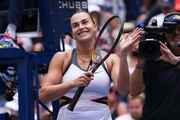
Serena Williams’ 2026 Comeback Hopes Shut Down as Venus Drops a Brutal Reality Check
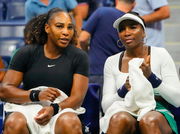
World No. 43 Announces Retirement After Infamous Stolen Trophy Incident at US Open
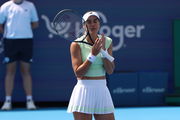
41-Year-Old Veteran’s Comeback Turns Heads as 16-Year-Old Sensation Awaits
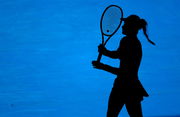
Frances Tiafoe Makes Feelings Clear About Taylor Fritz After Brutal Clash: “Can’t Stand Him”
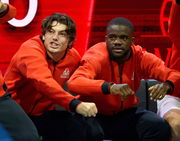
Echoing his sentiment, Alexander Zverev delivered a sharper blow. The German warned that the new two-week structure is devouring recovery time, urging the ATP to “really think about” reverting to the old format before it breaks more bodies.
ADVERTISEMENT
The issue now goes beyond scheduling; it’s about sustainability. The sport’s rhythm has quickened, but its players are running out of breath.
And so the question lingers across locker rooms and press halls alike: when will the reforms finally reach the ATP’s desk, before the game’s warriors collapse on their battlefield?
ADVERTISEMENT
ADVERTISEMENT
ADVERTISEMENT

